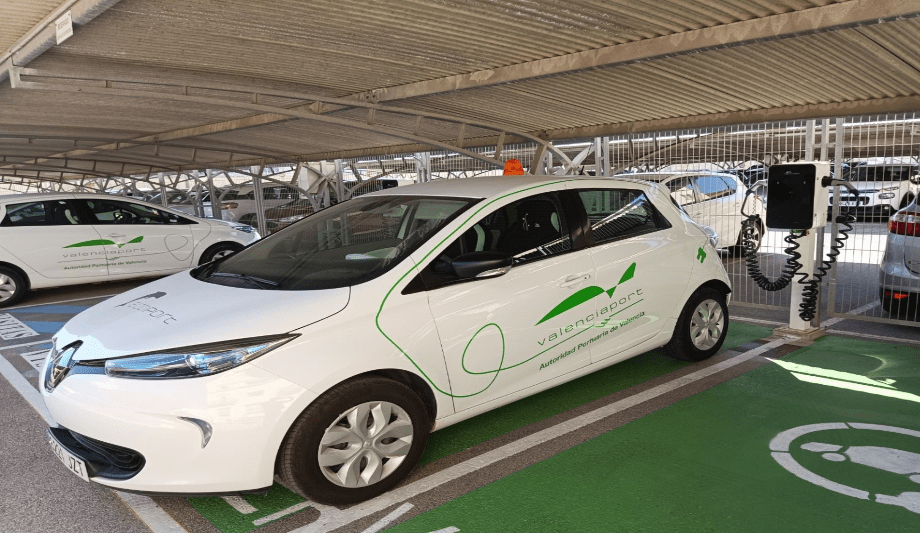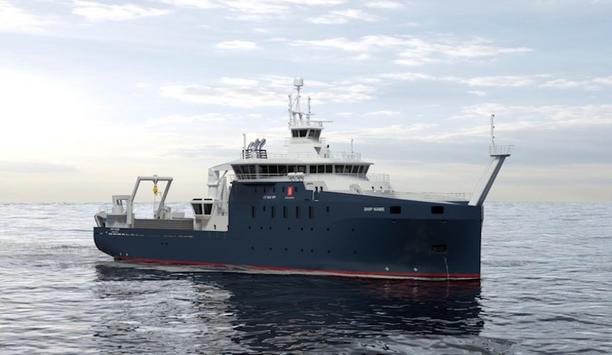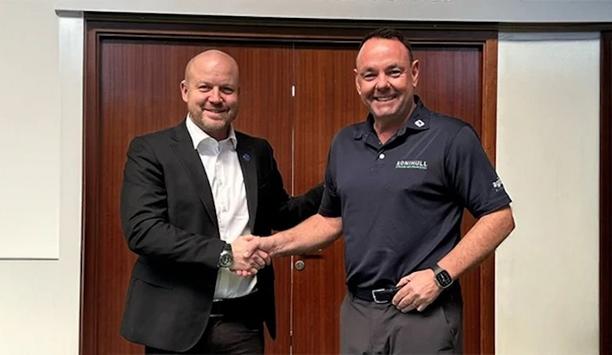The PAV has put into operation several charging points for electric vehicles in the car park for workers and visitors.
Specifically, a charger with two outlets has been installed for visitors to the APV facilities, in addition to four chargers with two outlets each for the Valenciaport employees’ car park.
Expanding its fleet of vehicles
In addition, the PAV has expanded its fleet of vehicles and now has 10 electric cars, a van and two motorbikes, to which four hybrid cars must be added.
The aim is to continue increasing these vehicles in line with the strategic objective of Valencia port 2030, zero emissions, which involves all the companies, associations and individuals operating in the port areas of Valencia, Sagunto and Gandia.
Valencia port’s collaborations
Valencia port is collaborating in initiatives such as the use of cleaner fuels such as Liquefied Natural Gas (LNG)
In this sense, Valencia port is collaborating in initiatives such as the use of cleaner fuels such as Liquefied Natural Gas (LNG) in collaboration with the company Baleària; the use of hydrogen in port operations and machinery in the Port of Valencia with the participation of MSC Terminal Valencia or Valencia Terminal Europa of the Grimaldi Group within the framework of the European H2Ports project, which has allowed the installation of a hydrogen plant in the Xità quay.
Involvement in projects
In addition, the active involvement of companies in sustainable R+D+i projects such as CORE LNG AS HIVE, H2PORTS, GREEN-C-PORTS, ECCLIPSE, EALING and EALINGWorks; or the NO PLÀSTIC campaign coordinated by Aportem-Puerto Solidario, are some examples of the logistics community’s commitment to the fight against climate change.
Other projects
In this common objective, progress is also being made in the installation of photovoltaic plants with the tender for the project in Gandia shed 4 or in the Príncipe Felipe quay of the Port of Valencia, which will soon be joined by the project in the Valencia Terminal Europa area.
Work also continues the wind energy project, the construction of two electrical substations in the Port of Valencia, the changes in the sodium vapour lighting for LEDs in the València and Sagunto precincts, the installation of new environmental control booths, and the railway infrastructures that are being executed to promote intramodality and the connection between the ports and the main corridors.










